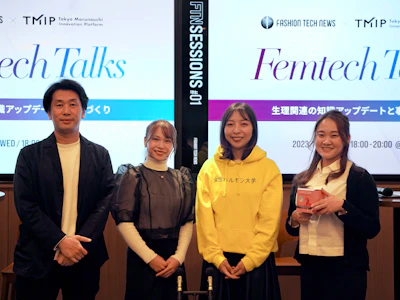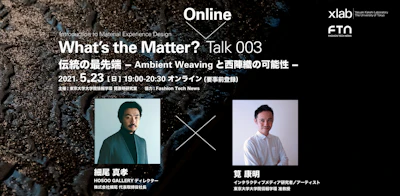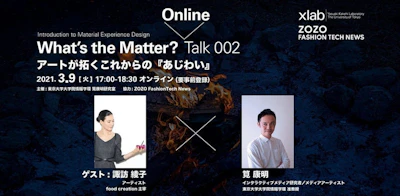01.07WED
2024.05.15
FTN Sessions02 Report of 'Looking Back at the Street Culture of the 90s'

On March 27, 2024, an event sponsored by FASHION TECH NEWS was held in Marunouchi. The theme of the event was 'Looking Back on the Street Culture of the 90s'.
At the event, there were lectures by Koichi Tadano, who witnessed the rise of the scene since the launch of "Boon," Shigeyuki Kunii, Creative Director of mita sneakers, and the writer Tajimax. The event ended with a group session featuring special guest and mixed martial artist Kaoru Uno, who discussed 90s street culture, much to the delight of the attendees.
I would like to share some highlights from the event.
How Did the Sneaker Boom Arrive in Japan?
The first presenter was Koichi Tadano, former editor-in-chief of "Boon" and current advisor at SHODENSHA CO.,LTD. He talked about how the Air Max boom of the 90s was created.
The release of the Nike Air Jordan 1 was in April 1985. In the US, the initial retail price was $65, but it is said that Nike greatly exceeded its initial sales targets.
On the other hand, sales in Japan were not so strong, and the initial retail price was 16,800yen. This was because the recognition of both Air Jordan and Michael Jordan was very low at the time in Japan.
CONCEPT VIDEO
"fashion tech news" Unveils New Logo & Concept Video
TOP ARTICLES
RELATED ARTICLES
CONCEPT VIDEO
"fashion tech news" Unveils New Logo & Concept Video
CONTACT
If you have any questions or enquiries, please enter your details in the form below.

















.png?w=400&fm=webp)
